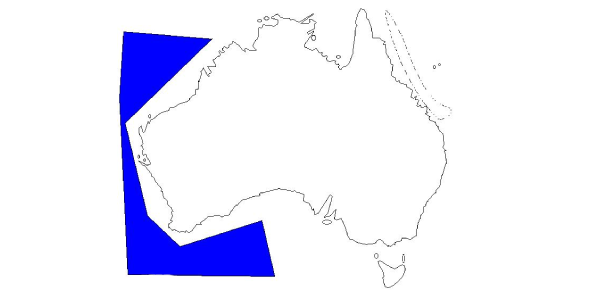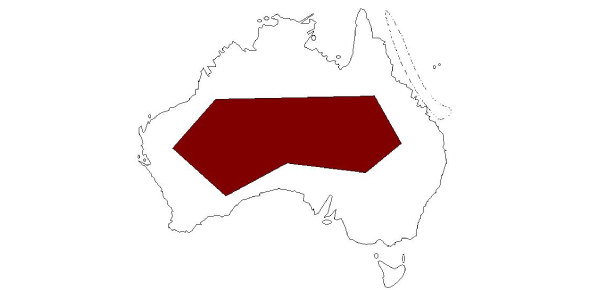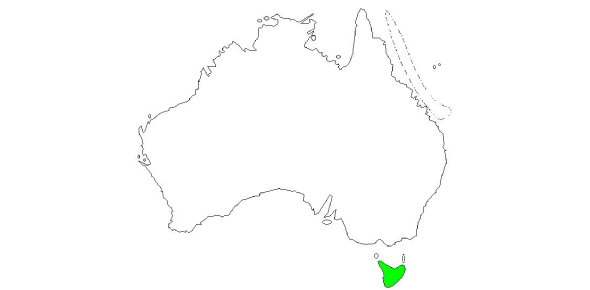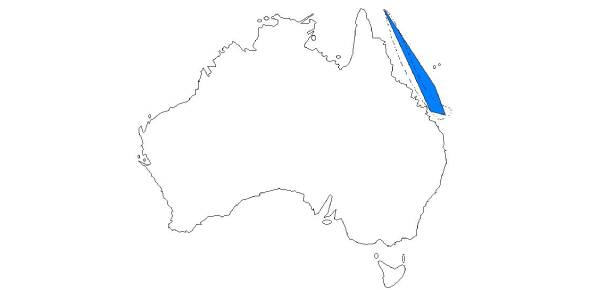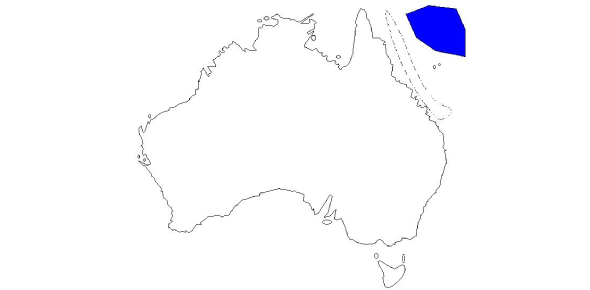Australia Map And Physical Geography Quiz

Australia is the smallest of the world's continents on earth. It is also the lowest, the flattest and the driest. The highest point on the Australian mainland is Mount Kosciuszko. Do you think you know the Australian map and physical geography by heart? Take up the quiz below and find out.
- 1.
Alia
- A.
Rocky Mountains
- B.
Great Barrier Reef
- C.
Great Dividing Range
- D.
Outback
Correct Answer
C. Great Dividing RangeExplanation
The Great Dividing Range is a mountain range in Australia that runs parallel to the east coast. It stretches over 3,500 kilometers and is one of the longest mountain ranges in the world. The range acts as a natural barrier, separating the coastal areas from the inland regions. It has a significant impact on the climate and geography of Australia, influencing rainfall patterns and creating a diverse range of ecosystems. The other options listed, such as the Rocky Mountains and Great Barrier Reef, are not mountain ranges and do not fit the description provided.Rate this question:
-
- 2.
- A.
Ayers Rock
- B.
Sydney
- C.
Tasmania
- D.
Indian Ocean
Correct Answer
A. Ayers Rock -
- 3.
- A.
Great Dividing Range
- B.
Outback
- C.
Great Barrier Reef
- D.
Great Victorian Desert
Correct Answer
D. Great Victorian Desert -
- 4.
- A.
Pacific Ocean
- B.
Indian Ocean
- C.
Atlantic Ocean
- D.
Gulf of Mexico
Correct Answer
B. Indian Ocean -
- 5.
- A.
Ayers Rock
- B.
Tasmania
- C.
Outback
- D.
Great Barrier Reef
Correct Answer
C. Outback -
- 6.
- A.
Ayers Rock
- B.
Tasmania
- C.
Canberra
Correct Answer
B. Tasmania -
- 7.
- A.
Great Dividing Range
- B.
Great Victorian Desert
- C.
Great Barrier Reef
Correct Answer
C. Great Barrier Reef -
- 8.
- A.
Indian Ocean
- B.
Atlantic Ocean
- C.
Tasmanian Sea
- D.
Coral Sea
Correct Answer
D. Coral Sea -
- 9.
Who were the first people to arrive in Australia about 40,000 years ago?
- A.
Maori
- B.
Aborigines
- C.
British
Correct Answer
B. AboriginesExplanation
The first people to arrive in Australia about 40,000 years ago were the Aborigines. They are the indigenous people of Australia and have a rich cultural history dating back thousands of years. The Aborigines have a deep connection to the land and have inhabited Australia for tens of thousands of years, making them the earliest known inhabitants of the continent.Rate this question:
-
- 10.
Who discovered New Zealand and Australia and claimed the land for the British?
- A.
Jose De San Martin
- B.
James Cook
- C.
Simon Bolivar
- D.
Ferdinand Magellan
Correct Answer
B. James CookExplanation
James Cook is the correct answer because he was a British explorer who discovered and claimed New Zealand and Australia for the British Empire. Cook made several voyages to the Pacific Ocean, including his famous expedition in 1769-1770 where he charted the eastern coastline of Australia and mapped New Zealand. His discoveries and claims paved the way for British colonization and settlement in these regions.Rate this question:
-
- 11.
What played a major role in the Aborigines lives?
- A.
Trade
- B.
Education
- C.
Religion
Correct Answer
C. ReligionExplanation
Religion played a major role in the lives of the Aborigines. It was an integral part of their culture, shaping their beliefs, rituals, and social structures. Religion provided them with a framework for understanding the world around them, their origins, and their place within the community. It governed their moral and ethical codes, guided their interactions with the environment, and influenced their daily activities. Religious ceremonies and rituals were central to their community life, serving as a means of connecting with their ancestors, seeking guidance, and maintaining spiritual balance. Overall, religion was a fundamental aspect of their identity and played a significant role in shaping their way of life.Rate this question:
-
- 12.
Which of the following is not an outcome of the European exploration?
- A.
Natives lost their land
- B.
Natives were forced to adopt new lifestyle
- C.
Native life improved
- D.
Prisoners were sent to live in Australia
Correct Answer
C. Native life improvedExplanation
The European exploration resulted in various outcomes, including the loss of land for natives, the forced adoption of new lifestyles, and the colonization of Australia with prisoners. However, one outcome that did not occur as a direct result of European exploration was the improvement of native life. Instead, the arrival of Europeans often led to the exploitation, displacement, and mistreatment of native populations.Rate this question:
-
- 13.
Which of the following is not a natural landmark in Australia?
- A.
Uluru
- B.
Great Barrier Reef
- C.
Sydney Opera House
- D.
The Twelve Apostles
Correct Answer
C. Sydney Opera HouseExplanation
While Uluru, the Great Barrier Reef, and the Twelve Apostles are natural landmarks, the Sydney Opera House is a man-made cultural icon known globally for its distinctive architectural design, making it the correct choice as it is not a natural formation.Rate this question:
-
Quiz Review Timeline +
Our quizzes are rigorously reviewed, monitored and continuously updated by our expert board to maintain accuracy, relevance, and timeliness.
-
Current Version
-
Apr 16, 2024Quiz Edited by
ProProfs Editorial Team -
Apr 24, 2009Quiz Created by
Monterrey4
 Back to top
Back to top






